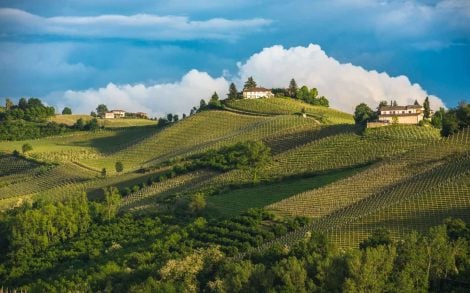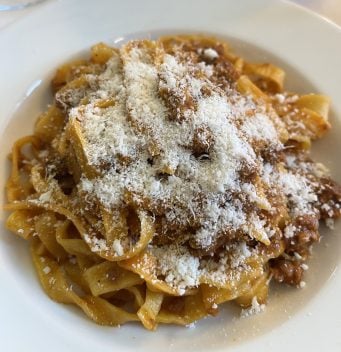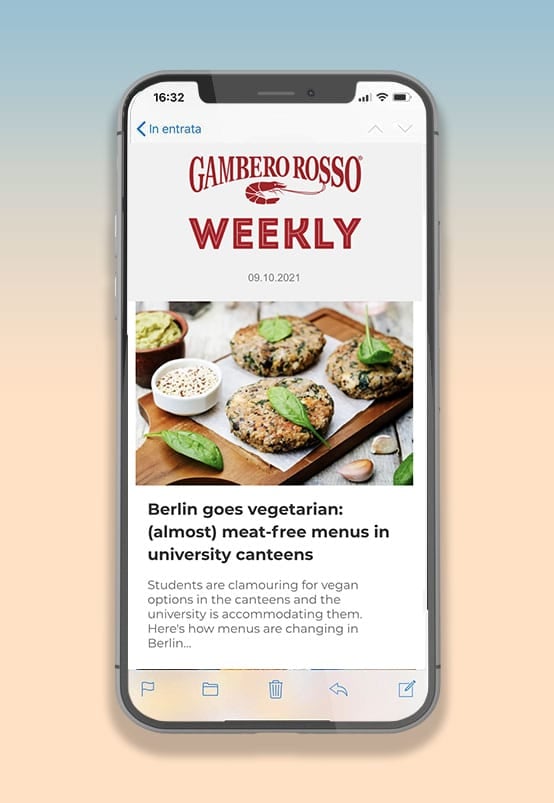by Anna Muzio
Fine dining is not a world for the young, we’ve heard it said many times: it’s expensive, sometimes boring, pompous, from the customer’s point of view. And unsustainable, in terms of timing and methods, in kitchen work, and undervalued in front-of-house work. That’s why we were especially curious to understand the perspective of someone who, at 25, has just been named Talent Chef of the Year, the award for under-30 professionals by Grande Cucina. A truly young person, then – not one of those forty-year-olds still pretending to be teenagers. So we reached out to Gabriel Collazzo in magnificent, unique, and challenging Venice at Vero, the gourmet restaurant of Hotel Cà di Dio, where since January he has been the new Executive Chef coordinating the entire gastronomic offering.
Why I (almost) ran away from kitchens
Collazzo doesn’t come from a family of restaurateurs, although his brother, 14 years his senior, owns a trattoria in Valberg, in the French Alps. “That was my very first work experience,” he tells us. “It was the classic small restaurant with very little staff, so you end up working 16-hour days. At 14, it’s a new world – exciting, but also exhausting. Even now, my brother is still doing it, and I call him every day saying, ‘Stop it, come on, you’ve got two little girls.’ Slowly, he’s starting to realise that maybe human connection and family life are more important than spending entire days breaking your back.”
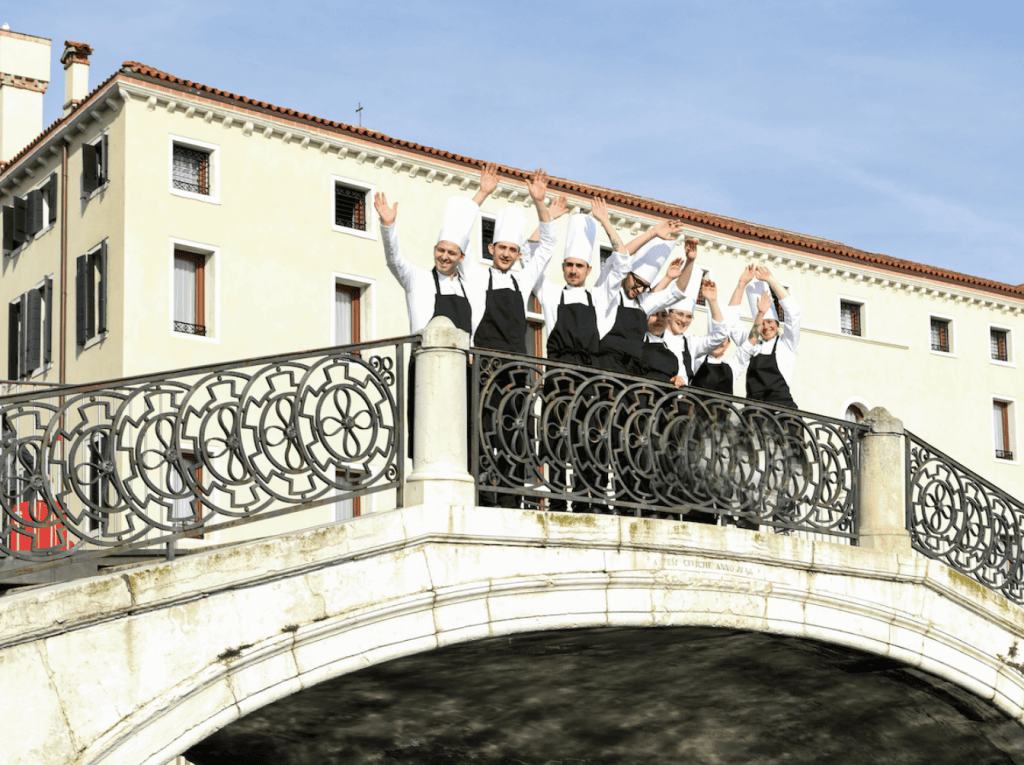
“After two years we had a serious argument and didn’t speak for a long time. I didn’t think it was right to work that much, and he kept telling me, ‘You’ll see, it’ll help – one day you’ll be much stronger.’ But at the time I was tired, sometimes completely drained, and I even thought, ‘That’s it, I’m done with cooking.’” But passion proved stronger. He went on to gain experience in Michelin-starred kitchens in France – at the three-star Maison Lameloise with Eric Pras, Nama with Japanese chef Yuki Mamizuka, and then Santa Elisabetta with Rocco De Santis, a two-star restaurant in Florence.
In the end, he earned his stripes – and earned them well. “Yes, it was tough, but now, at 25, I manage a kitchen team of 16 plus four dishwashers (all very young, ed.). That also means knowing how a kitchen runs, understanding the peak and off-peak seasons, handling orders for a hotel with multiple kitchens – we’ve got the bar, the bistro, the fine dining restaurant, and room service.”
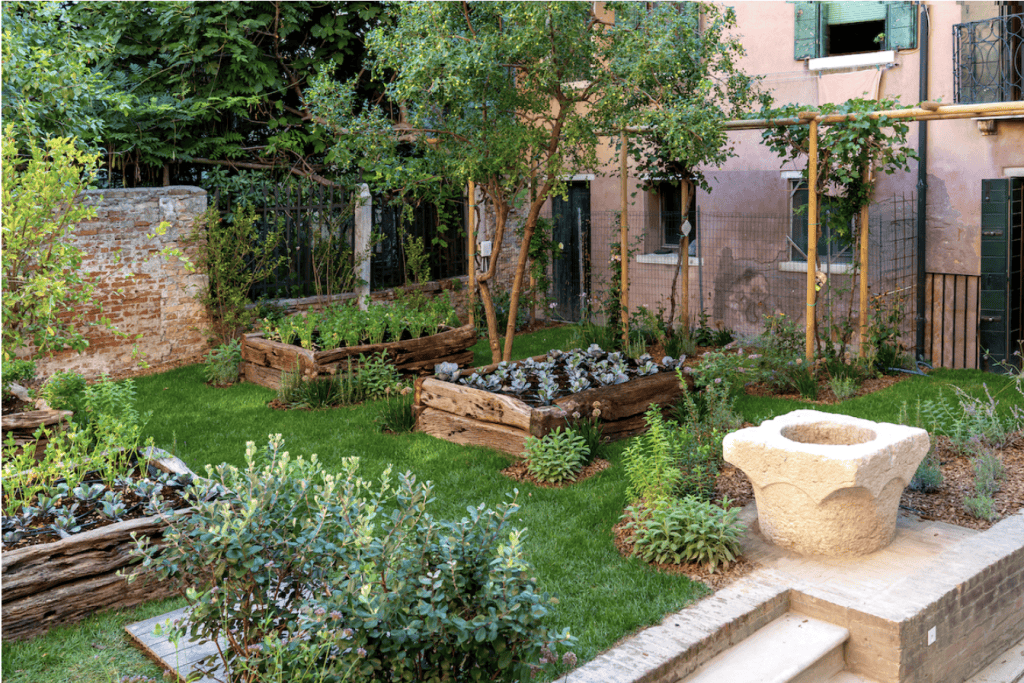
The missing connection with the customer
Just back from a trip to Japan with his girlfriend – a French naturopath who fell in love with the culinary profession (they now work together) – Collazzo reflects on countries and cultures with the insight of a seasoned globetrotter. “Travelling to Japan really opens your mind. What amazed me was the politeness, the respect not only for ingredients, but for people.”
Each of his experiences has brought something different. “From Florence, I took away Chef Rocco De Santis’s desire to always challenge himself, to keep working on the same dish because it evolves over time – monotony doesn’t exist. In France, they teach you technique, respect for ingredients, precision. Japan opened my eyes to detail, but also to the human relationship with the guest; even though their service feels very reserved, they’d give you a brief explanation of the dish, bow, and quietly leave – as if to say, ‘Thank you for being with us.’ In those few gestures, a connection forms, a story. Sometimes it’s just a detail, but that detail can make you feel important. I often think that what’s missing in our restaurants is the desire to build a connection with the customer, to create a lasting relationship. Maybe these are the little details I’ll try to bring into my own kitchen.”
You’re Tuscan, trained mainly in France with French and Japanese chefs. Now you’re in Venice. What does “territory” mean to you? “I don’t have a place I strictly call home. My family is originally from Basilicata, I was born in Tuscany but I don’t feel 100% Tuscan. Even so, San Miniato – the town I’m from – is one of those places I’d bring into every dish: truffles, Garfagnana porcini mushrooms. Tuscany has so many incredible products that it would be easy to define it as a ‘mother territory’, but my vision is to bring a bit of France, Japan, Tuscany, and definitely the Lagoon into my dishes. ‘Territory’ is something vast for me – my territory is the world. I’m a very open person and I still want to grow and have new experiences elsewhere.”
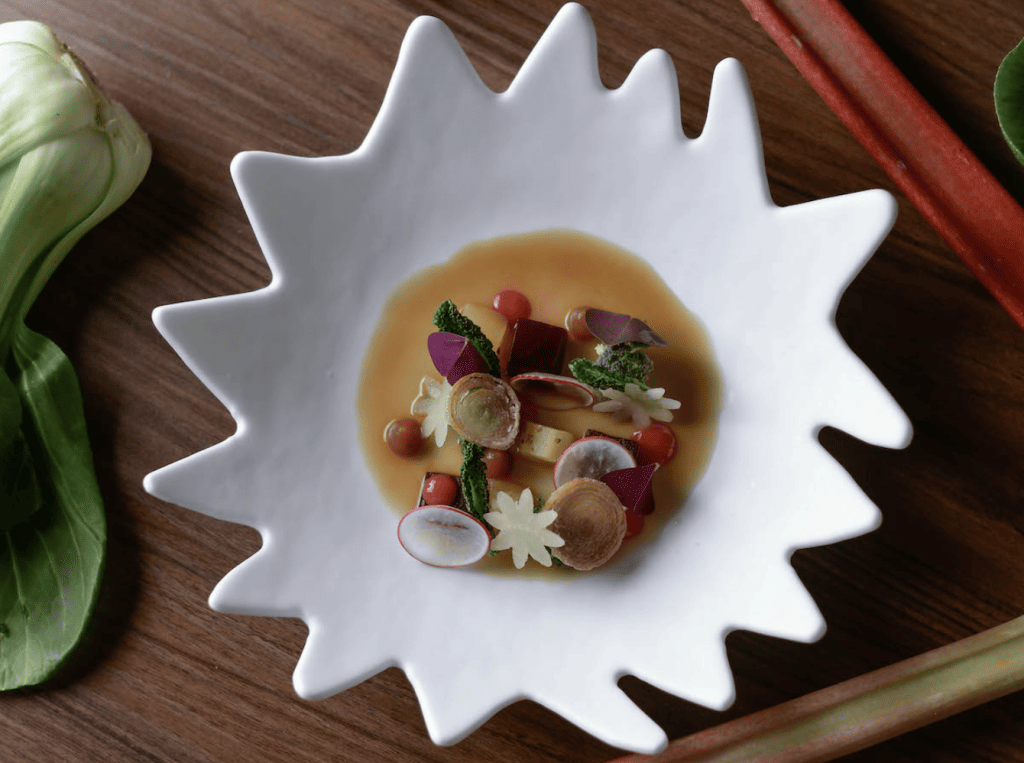
Fine dining needs a makeover
So is fine dining in crisis? “I don’t think it’s a crisis – it’s just that customers today are more informed, they’re more aware of ingredients. Products that were once reserved for haute cuisine can now be found in more casual restaurants. Customers are much more knowledgeable about what’s on offer and treat fine dining as something that should offer a real experience – something emotional, not just a fancy dinner. I think the restaurants that will succeed are those that foster a human connection with the guest, where the chef can express their personality and style. And where the customer has fun. We need to modernise cuisine a bit, rewrite the rules, because the old cuisine has already been written – there are billions of books – but we also need to try to change something. The customer is a bit tired of monotony.”
According to Collazzo, dinner should also be built around the customer. “In modern cuisine, the customer is part of the experience. The kitchen shouldn’t revolve around the chef, the brigade, or the front of house anymore – it should be a relationship between the guest, the waiter, and the chef. I could create the best dishes in the world, but if the waiter doesn’t convey the emotion I’ve tried to put into the plate, then it’s all been for nothing.”
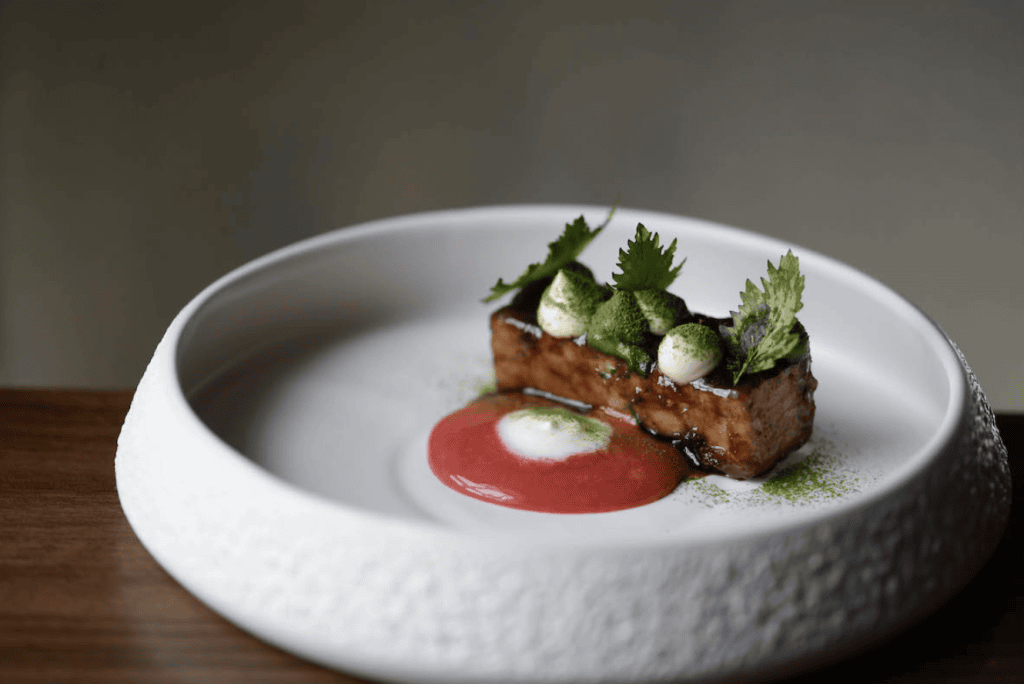
Not all palates are the same
Especially because not all guests are the same. At Vero, the clientele is very international, with many young people between 25 and 30. All with different tastes and preferences. “The French have a very refined palate, they play with balanced flavours. They seek perfection, and I like that because it pushes me to refine my recipes. In fact, this is a game I often play with my team. They know there’s a standard for cooking, but it also depends on the customer: if it’s a French guest, I’ll cook something a minute less; if it’s an American, a minute more. With an Asian customer, I try to cook without salt. That was the norm in France, too.”
And Italians? “Ah, Italians are the trickiest – they’re the most challenging customers. It’s really hard to engage with them. The Italian palate leans heavily on saltiness, lots of acidity. We tend towards bitterness, but then we prefer sweet.” That’s why the dessert menu has four options: one sweeter, one more savoury, one vegan, and one leaning towards acidity. “When the customer walks in, I can already guess what dessert they’ll pick. Americans go for sweet, the French and other Europeans for savoury. Asians always choose the tartest option.” So each dish is like a tailored suit. “The future lies in adapting more to the customer – being more open.”
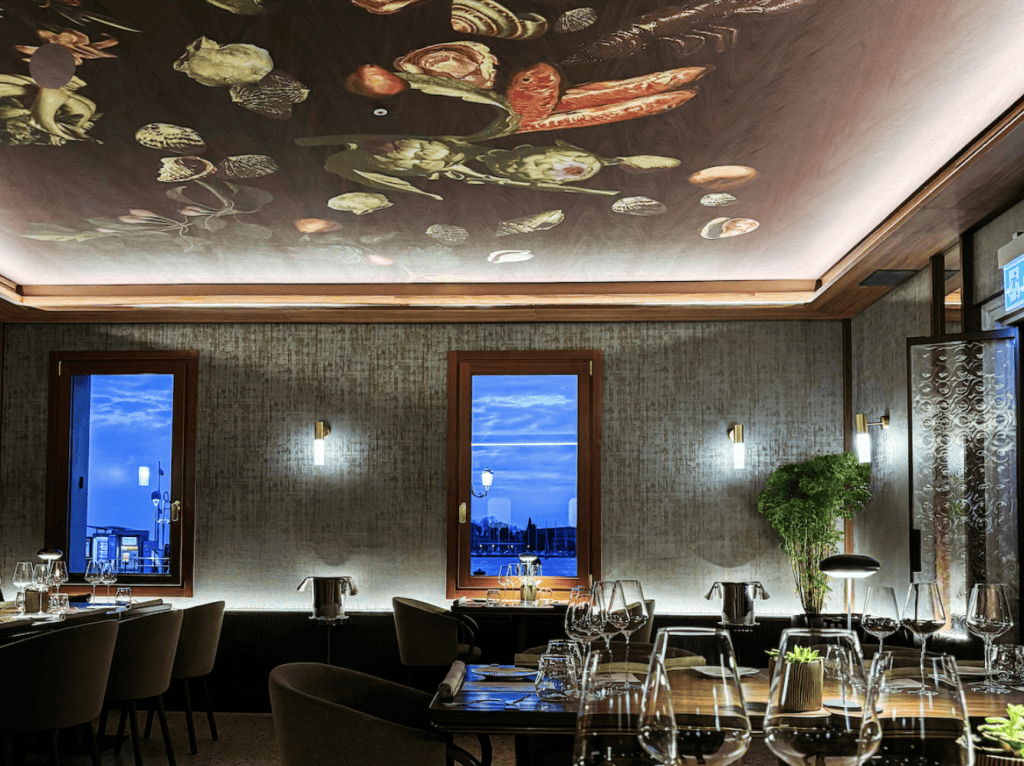
Venice and plant-based cuisine
What’s your relationship with Venice? “It’s a love–hate thing because it’s such a difficult city. When there are too many tourists, just walking around gets frustrating, but then you come home at night and there’s no one, you get lost in the alleyways and realise it’s a beautiful, unique city – but also a hard one, starting with supplier logistics.” At Vero, there’s also a vegetarian and vegan menu available on request, with just one dish containing dairy that can be substituted. It changes every three months, to showcase each seasonal vegetable. “We can’t afford to say anymore that the only important part of a meal is the animal protein,” says the chef.
What’s your approach to cooking? “In each dish, I work with a maximum of two or three ingredients and try to use them in various forms. At the moment, we still have beetroot on the menu – red, yellow, pink and white. We use different cooking and preparation techniques: marinating, vacuum-cooking, steaming, smoking. We use seven or eight techniques and I want the ingredient to shine – it’s the star of the dish and its flavour. Giving value to a vegetable means giving value to the plate, trying to give it its own identity, transforming a simple vegetable into the main element. To do justice to a vegetable takes technique, precision, detail and care. That’s why I’m very proud when the vegetarian menu is chosen – even by non-vegetarians – because it means I’ve truly conveyed the emotion of that vegetable.”
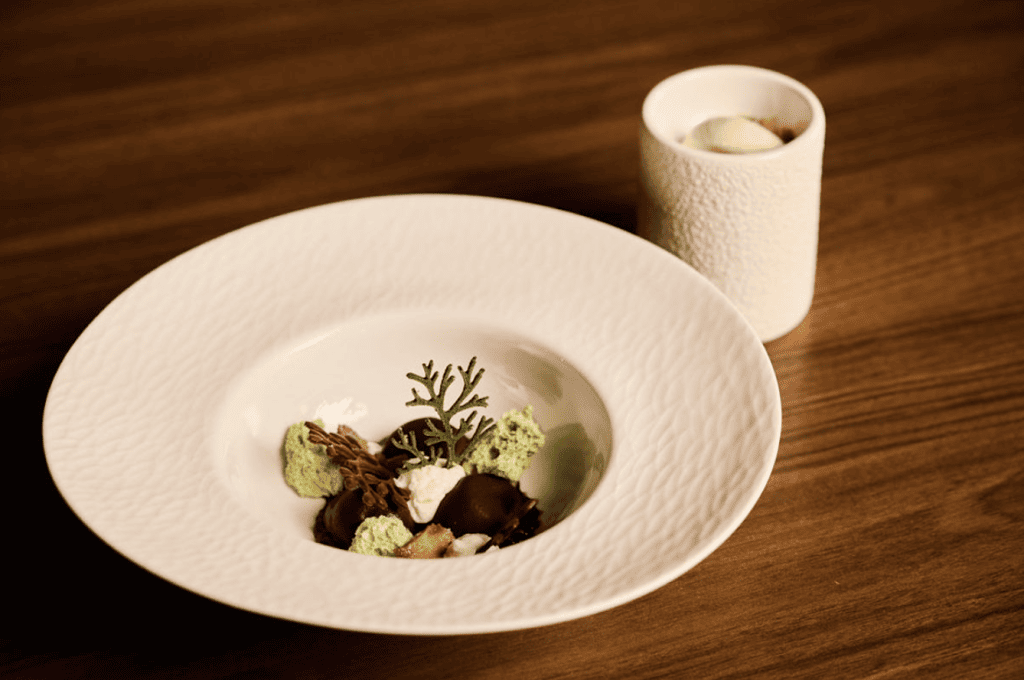
The vegetarian menu is still a challenge – in Italy, it’s tough. “There’s perhaps less demand because customers haven’t yet been educated to certain flavours. I come from a family of farmers – my dad used to work in a tannery, but everything revolved around the land. We ate what the earth gave us: olive oil from our trees, wine from our vineyards. The only vegetables were the ones we grew ourselves, the meat was from my uncles – veal and pork – and that, to me, was the real deal. Then you buy chicken and realise it doesn’t taste like chicken anymore – and that’s when you really need to start reflecting on the world of vegetables. That’s what I try to share with people at the restaurant.”

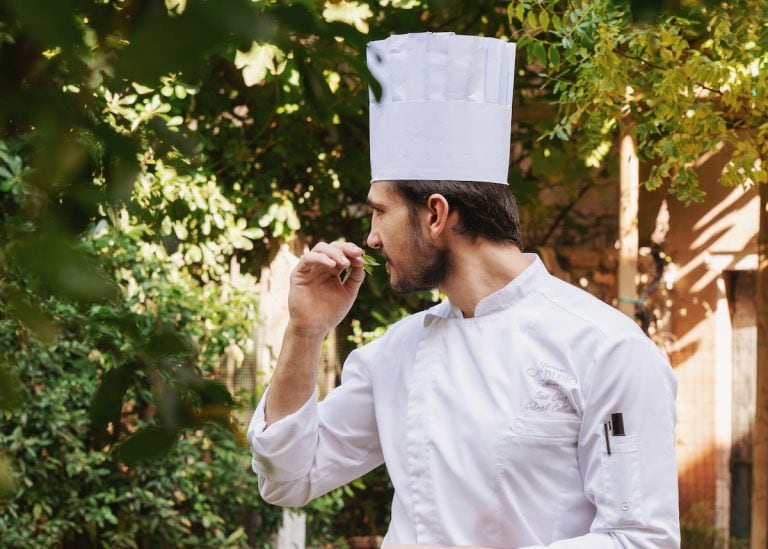
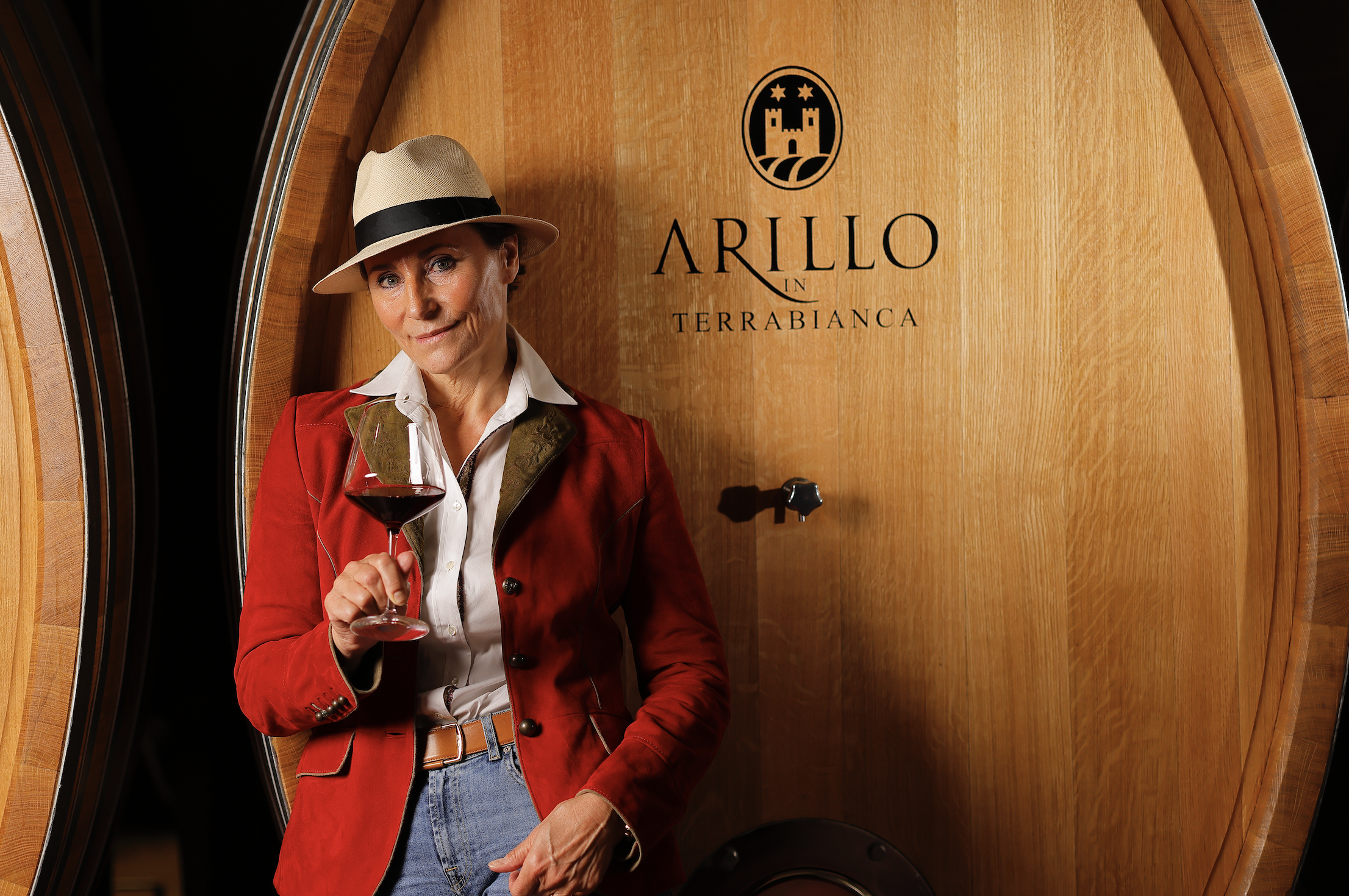 Why Arillo in Terrabianca's organic approach is paying off
Why Arillo in Terrabianca's organic approach is paying off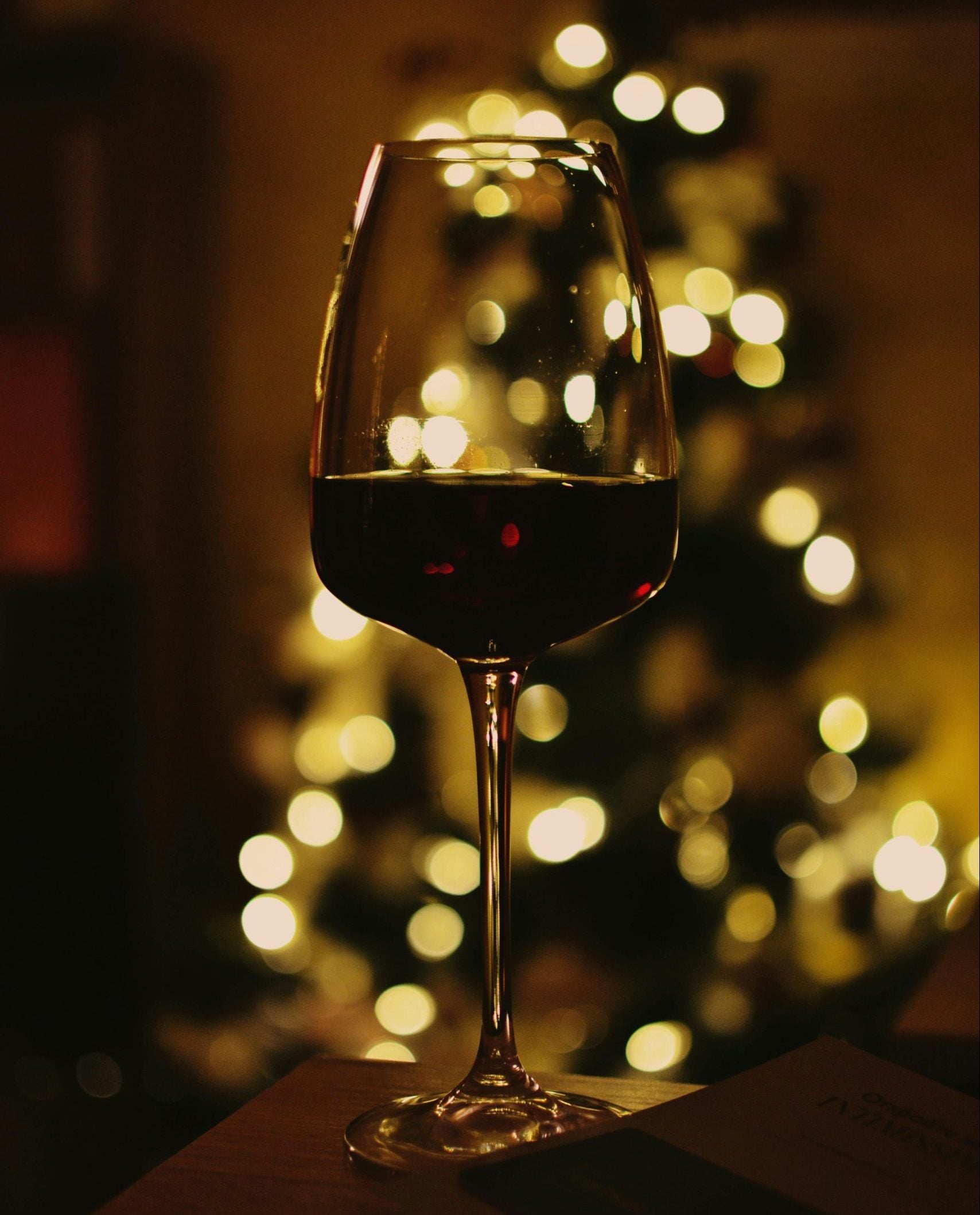 What do sommeliers drink at Christmas?
What do sommeliers drink at Christmas?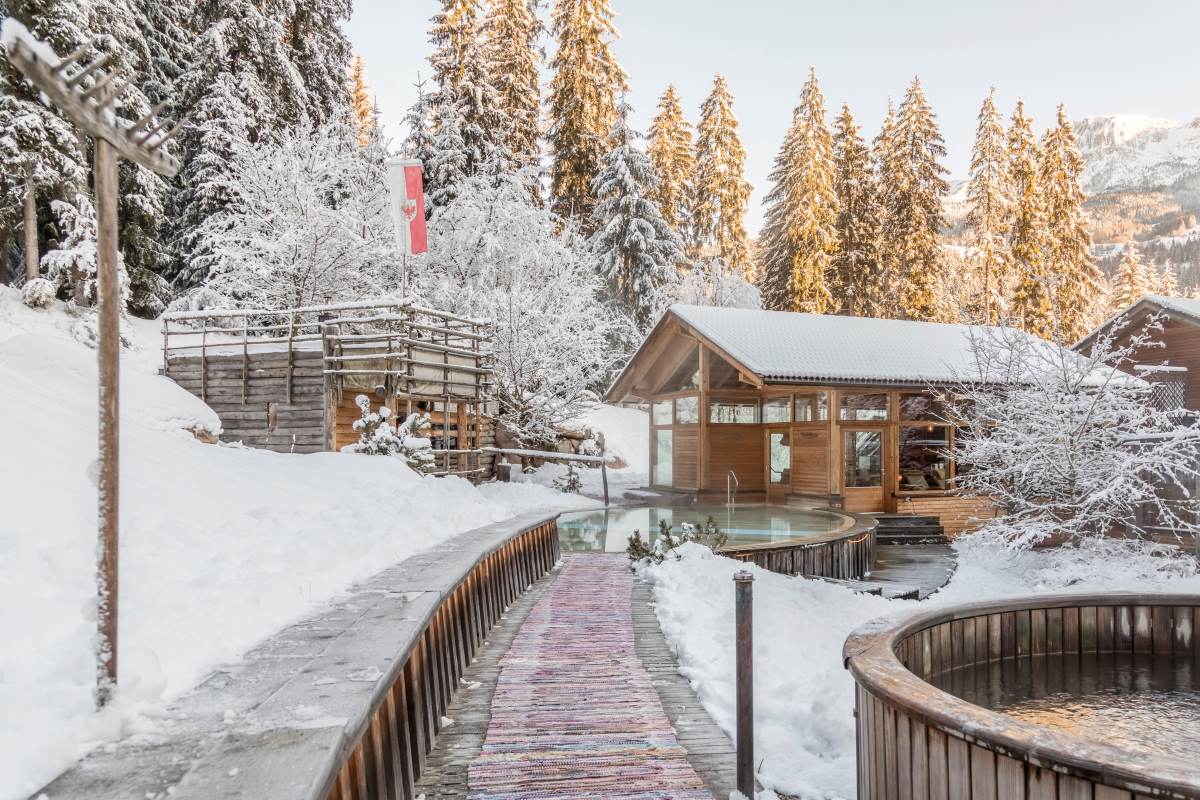 The alpine hotel where you can enjoy outstanding mountain cuisine
The alpine hotel where you can enjoy outstanding mountain cuisine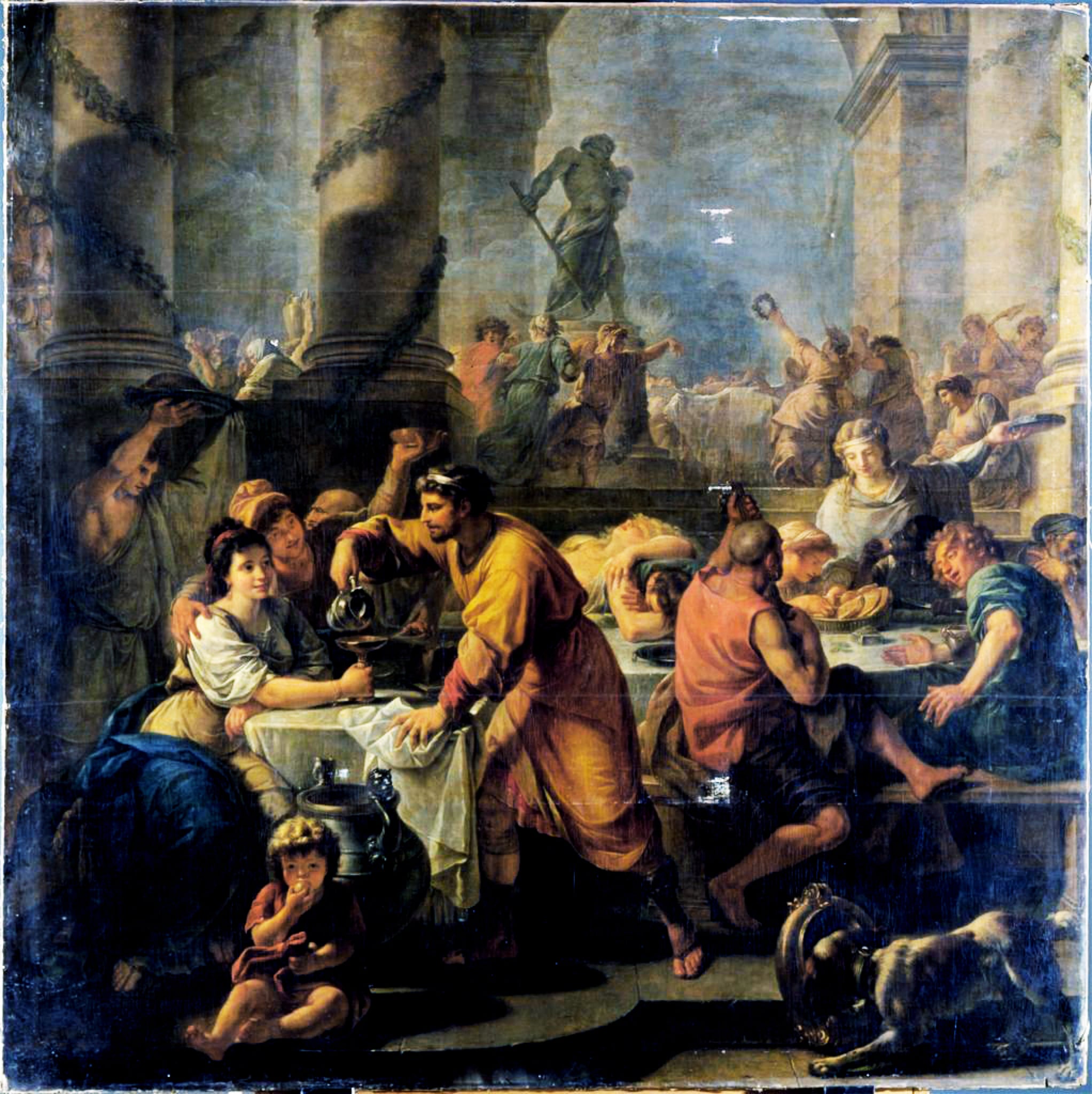 Io Saturnalia! How to celebrate the festive season like an Ancient Roman
Io Saturnalia! How to celebrate the festive season like an Ancient Roman